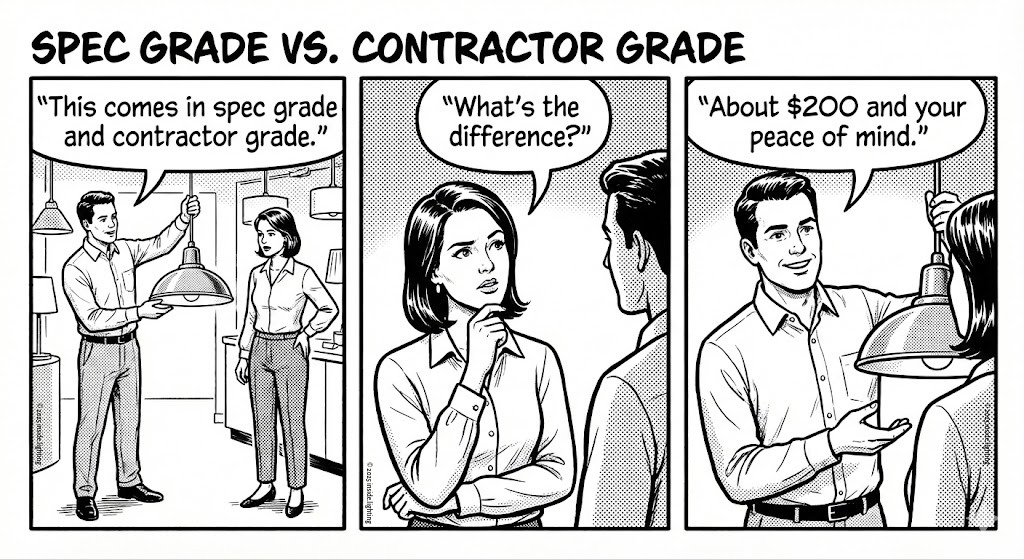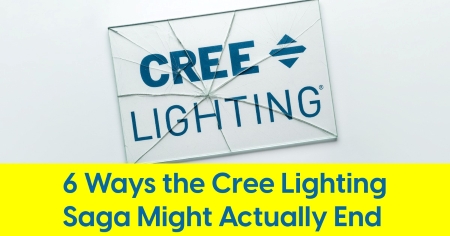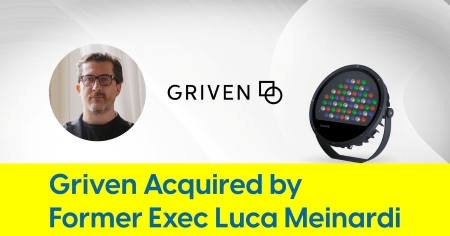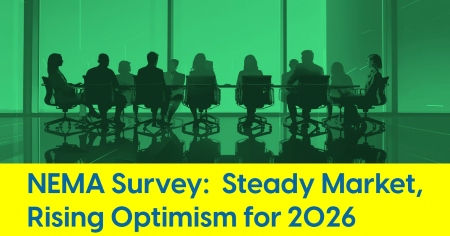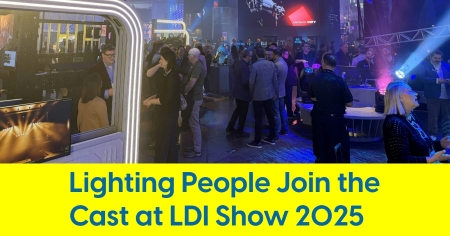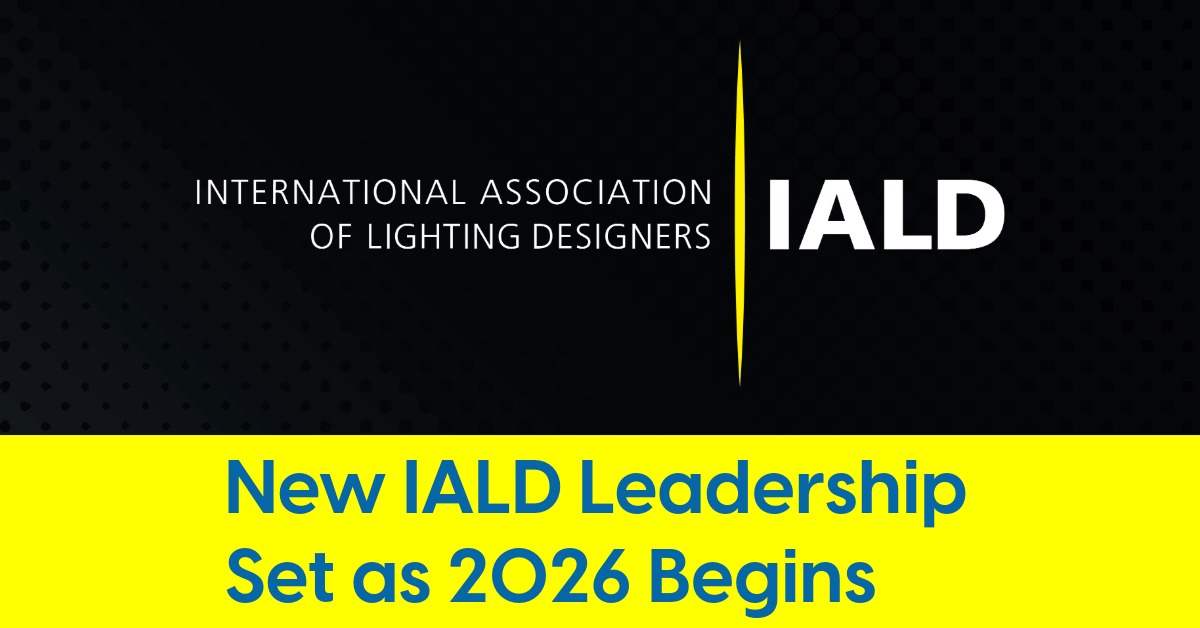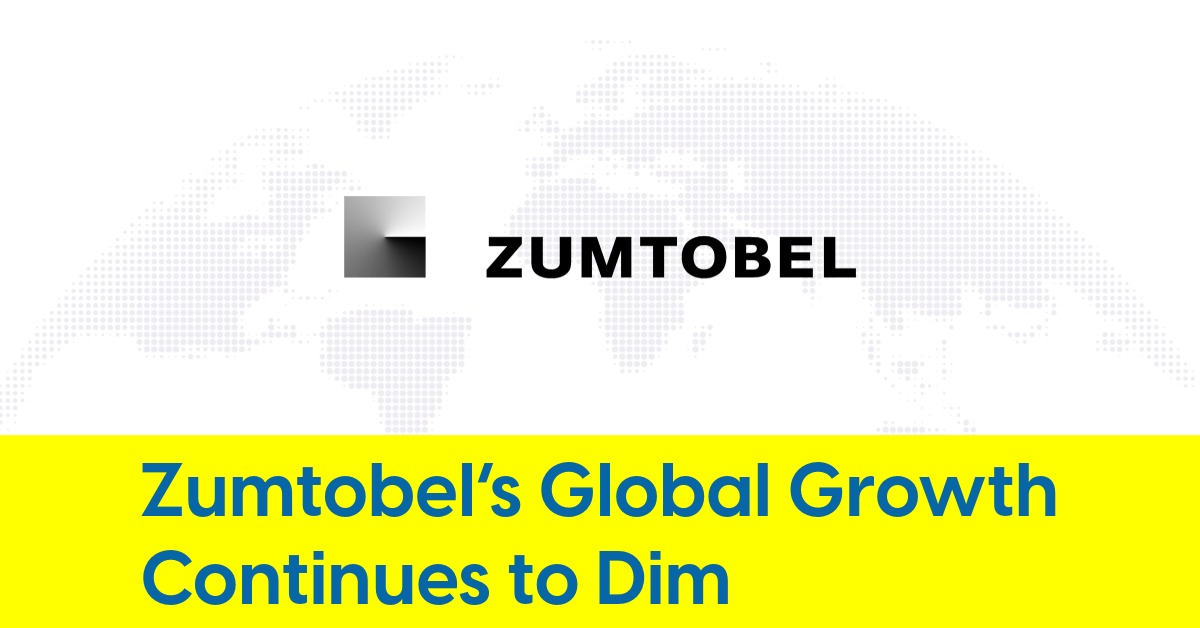April 23, 2025
Signify Sues Nanoleaf Over Smart Lighting Patents

Expired licensing deal reignites licensing and patent disputes
Signify, the global lighting giant behind Philips Hue and Wiz, has filed a new patent infringement lawsuit against Nanoleaf, the Canadian company known for its modular, design-centric, smart consumer lighting products.
The complaint, filed April 22 in the U.S. District Court for the Southern District of New York, accuses Nanoleaf of infringing six patents tied to core smart lighting technologies — including color mixing, RF communication, waveguide edge lighting, modular interconnects, and touchscreen spectral control.
This legal action marks another instance of Signify turning to the courts to enforce intellectual property that supports its EnabLED licensing program — a vast patent portfolio the company uses to secure royalty agreements with hundreds of lighting manufacturers worldwide. It also revives unresolved licensing tensions between the two companies, which had a global agreement in place from 2017 through 2019 that Nanoleaf ultimately chose not to renew.
Signify’s complaint zeroes in on these U.S. patents:
- ’726 – color-mixing LED arrays
- RE49,320 – RF antennas integrated into luminaires
- ’730 – edge-lit, multi-waveguide designs
- ’591 – daisy-chained LED strings with serial data control
- ’022 – interconnectable modular lighting systems
- ’961 – touchscreen interfaces for spectral output
In essence, Signify alleges that Nanoleaf’s portfolio — from its Smart Bulbs and Lightstrips to its Skylight, Aurora panels, and multicolor string lights — borrows from patented Signify technologies.
From Partners to Opponents
This legal battle didn’t erupt out of nowhere. Signify and Nanoleaf were once licensing partners, with an agreement that allowed Nanoleaf to legally use certain patented technologies from 2017 through 2019. But when the agreement expired and wasn’t renewed, the detente ended. Since then, Signify claims, it has issued five separate infringement notices — each met with continued sales and product expansion by Nanoleaf.
At the heart of Signify’s case is a pattern it describes as “willful and egregious.” In 2024, representatives from both companies even met in person in Toronto, where Signify reiterated its infringement claims. Days later, Nanoleaf received a copy of Signify’s presentation outlining its concerns. Still, Nanoleaf allegedly persisted.
What’s at Stake?
The real audience for this lawsuit isn’t just the judge in the Southern District of New York. It’s lighting manufacturers globally — especially those on the fence about joining Signify’s EnabLED licensing program. By aggressively pursuing alleged infringers like Current, Keystone Technologies, Foshe, Mega Systems, Atomi and now Nanoleaf, Signify is signaling that opting out of EnabLED may come at a steep cost.
In industry circles, the program draws mixed reviews. Supporters say it simplifies access to key IP and reduces legal uncertainty. Detractors argue it’s a pay-to-play scheme that can stifle smaller competitors and innovation. But with Signify’s track record — over $6 billion in annual sales and a vast web of IP protections — most challengers face an uphill climb.
The Road Ahead
Nanoleaf has not yet issued a public statement in response to the complaint, and as of now, it’s unclear whether it will fight the allegations head-on or seek a settlement.
For Signify, the case is another effort to turn IP into recurring revenue — and to send a flashing red warning to anyone else skirting the perimeter of its patent fortress.

